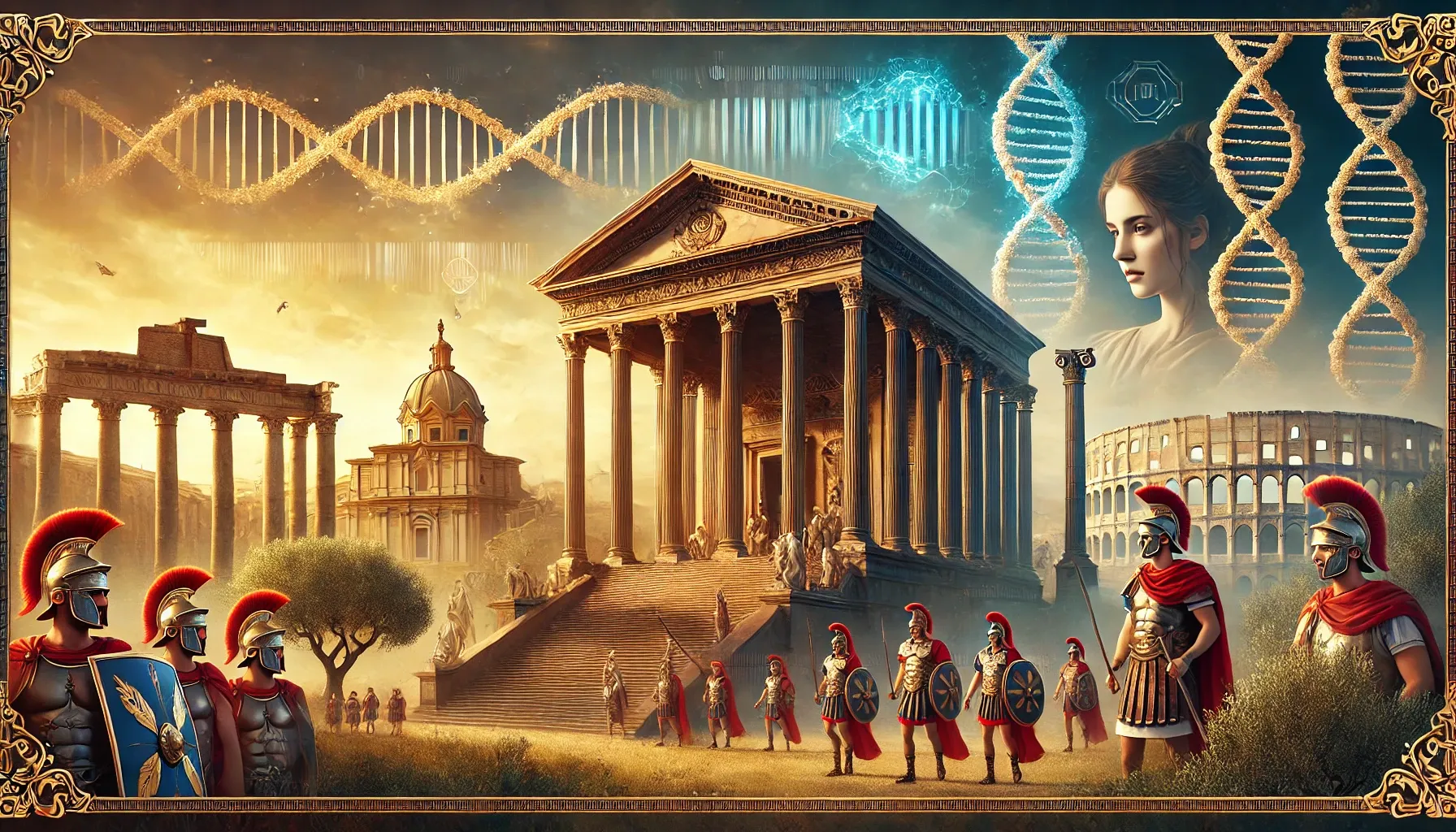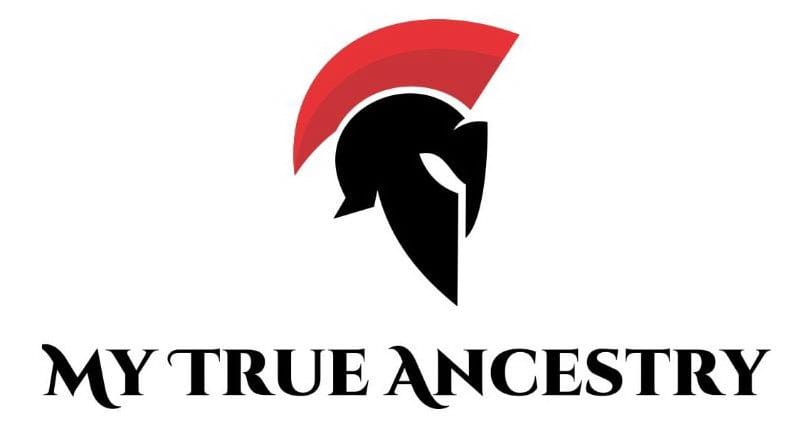Ancient DNA Sheds Light on Population Shifts and Kinship Among Classic Maya





The ancient city of Copán, nestled in the enchanting Copán Valley of western Honduras, stands as one of the most remarkable archaeological sites of the Maya civilization. This magnificent city captivates historians and archaeologists with its mesmerizing artistry, rich history, and the countless stories whispered by its ancient ruins. Copán flourished during the Classic Maya period, evolving from humble beginnings around 1000 BCE into a thriving metropolis that reached its zenith between 300 and 400 CE, becoming a vibrant hub of political, economic, and spiritual significance.
The heart of this ancient civilization was dominated by the magnificent three-hectare Acropolis, a monumental complex that served as the nucleus of Copán's political, economic, and religious life. This architectural wonder featured elaborate temples, administrative buildings, and the royal residence, all adorned with intricate high-relief sculptures that showcase the exceptional artistry of Maya craftsmen. Among Copán's most celebrated features is the legendary Hieroglyphic Stairway, completed in 755 CE by the 15th ruler, which stands as the longest known Maya text inscription in the Pre-Columbian Americas and represents a remarkable feat of ancient epigraphy, detailing Maya history and mythology in stunning detail.
Archaeological investigations have identified over 3,500 structures throughout the Copán Valley, each telling stories of a dynamic and sophisticated society. The 8th-century decorative wonders of Copán's stelae and altars illuminated the plazas, creating a breathtaking landscape that reflected the grandeur and cultural achievements of this ancient civilization. These monuments and structures provide invaluable insights into the complex social hierarchies, religious practices, and artistic traditions that defined Classic Maya culture.
Among the most significant archaeological discoveries at Copán is the burial of CpM13, found within the structure known as "10J-45." This remarkable individual was laid to rest in a vaulted stone chamber, adorned with exquisite jade offerings that speak to his elevated status within Maya society. The tomb contained two elaborately engraved jade pectorals, masterpieces of Maya craftsmanship that carried motifs symbolizing rulership, divine authority, and military prowess. These were far more than mere ornaments; they were powerful symbols that legitimized political power and connected the ruler to the divine realm.
The discovery of CpM13's burial site outside the conventional Acropolis burial grounds challenges long-standing assumptions about the exclusivity of royal interments within Copán's most sacred spaces. This finding suggests that the elite burial practices were more complex and varied than previously understood, indicating a sophisticated social structure that extended beyond the immediate confines of the Acropolis. The positioning and grave goods associated with CpM13 strongly suggest that this individual was likely a 5th-century dynastic leader, possibly connected to the illustrious lineage established by K'inich Yax K'uk' Mo', the founder of the Copán dynasty who arrived in 427 CE.
The complex social dynamics of Classic Maya society are further illustrated by the discovery of CpM12, found in close proximity to CpM13's burial chamber. The positioning of CpM12 beneath the funerary temple's wall suggests a sacrificial role, representing the practice of companion ritual sacrifice that was an integral part of Maya elite burial customs. Despite initial discrepancies in gender identification, the archaeological evidence, including jade pendants depicting scenes of respect and devotion, supports the interpretation of CpM12 as a sacrificial companion who accompanied the ruler into the afterlife.
Additional burials throughout the site reveal the nuanced spectrum of wealth and power that characterized Copán society. The burial of CpM11, discovered with a single jade bead, contrasts sharply with the elaborate tomb of CpM13, illustrating the diverse ways in which status and social position were expressed through mortuary practices. The deliberate placement of grave goods and the careful arrangement of burial sites present a narrative where individuals held specific roles in the complex ceremonial and social fabric of Maya civilization.
Recent excavations have revealed two main residential clusters that provide insights into the urban organization of Classic Copán. The first cluster, located within the 10J block approximately one kilometer west of the Acropolis, and the second within the 9L block north of the Great Plaza, represent sophisticated residential areas that housed important members of Copán society. These clusters, situated close to the heart of the ancient city, emphasize their significance within the broader urban landscape and social hierarchy.
The structures within these residential areas contained numerous burials, including those of CpM34 and CpM4243, which further underscore the importance of societal stratifications in Copán. The presence of these burial sites within residential contexts suggests that elite status was not confined solely to the royal Acropolis but was distributed throughout various sectors of the city, creating a complex network of power and influence that extended across the urban landscape.
Advanced scientific techniques have allowed researchers to delve deep into the genetic tapestries of these ancient individuals, providing unprecedented insights into their complex kinships, ancestries, and demographic patterns. Through the analysis of ancient DNA, scientists can now glimpse the intricate relationships that existed within Classic Maya society, unraveling tales woven into the very genetic fabric of these long-lost civilizations.
Genomic revelations suggest the dynamic interplay of different gene pools, shedding light on the migrations and interactions that shaped the people of Classic Copán. These genetic studies have uncovered fascinating insights into geographic distribution and ancestry clusters that enrich our understanding of how ancient Maya populations were connected across vast distances. The DNA damage patterns and kinship analyses reveal complexities in relationships that challenge previous assumptions based solely on burial contexts.
For instance, the genetic assessment of CpM0203 and CpM0506, discovered together in Structure 10J-39, initially led researchers to hypothesize a familial relationship based on their shared burial context. However, genetic data revealed no close relationship between these individuals, providing a captivating puzzle that demonstrates the importance of combining archaeological and genetic evidence to understand ancient social structures.
The jade artifacts discovered throughout Copán represent far more than decorative objects; they embody the complex symbolic and spiritual beliefs that governed Maya society. The intricate engravings found on jade pectorals and pendants depict scenes of divine power, military conquest, and ritual significance, providing windows into the ideological frameworks that legitimized political authority and social hierarchy within Classic Maya civilization.
The artistry and symbolism of Maya jade crafts demonstrate the sophisticated aesthetic sensibilities and technical skills of ancient craftsmen, while also encoding important cultural information about power, ritual, and the relationship between the living and the divine. Each artifact represents a testament to the interconnected worlds of politics, religion, and artistic expression that characterized the rich cultural landscape of Classic Copán.
Through isotopic analysis, researchers have been able to uncover the dietary patterns of Classic Maya society, revealing important transitions from pre-maize agricultural practices to the maize-based diet that became the foundation of Maya civilization. These dietary revelations, when combined with the analysis of grave goods and burial practices, paint a vivid and comprehensive picture of daily life in Copán, encompassing both the grand ceremonies of the elite and the everyday experiences of common citizens.
The study of ancient genomes from the Classic Maya period illuminates not only demographic shifts within Copán but also deepens our understanding of how food production, social organization, and cultural practices evolved over time. These scientific investigations provide crucial insights into how the ancient Maya adapted to their environment and developed the sustainable agricultural systems that supported their remarkable civilization.
The archaeological riches of Copán continue to reveal new secrets about one of history's most fascinating civilizations. Each artifact unearthed and each genome sequenced brings us closer to understanding how the ancient Maya intertwined their world with divine and natural orders, creating a sophisticated society that achieved remarkable heights in art, architecture, astronomy, and social organization.
These revelations about kinship, demography, and the societal intricacies of the Classic Maya, glimpsed through the integration of archaeological evidence and genetic analysis, position ongoing research at Copán as a significant milestone in our understanding of ancient civilizations. The stories encoded in jade artifacts, architectural monuments, and ancient DNA collectively illuminate the rich tapestry of Maya heritage, connecting the past to the present and reshaping our comprehension of how complex societies develop, flourish, and leave their mark on history.

Comments